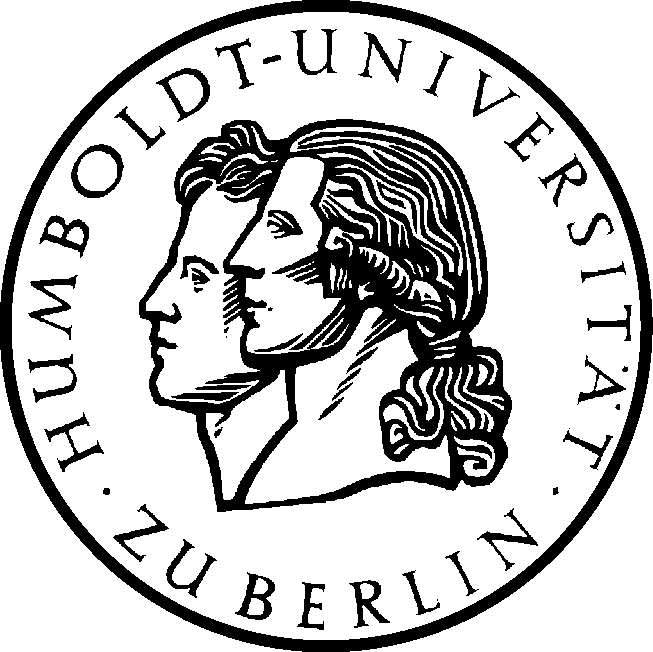Research, Hubert Truckenbrodt


| interface interactions –– wh-questions –– sentence types –– intonational meaning –– modals –– syn.-phon. interface –– f0 height –– for teachers –– neurolinguistics |
Research, Hubert Truckenbrodt |
 |
 |
|
What exactly is “question intonation“ and why does it particularly like to occur with yes/no-questions? How does it interact with interrogative semantics? Why does question intonation only rarely react to embedded questions? What does the rise do in echo questions? What does the intonation contribute in vocatives? Formal answers to these and other questions can be found in this handbook article.
Truckenbrodt, Hubert. 2012. Semantics of intonation. In Claudia Maienborn, Klaus von Heusinger & Paul Portner (eds.), Semantics. An international handbook of natural language meaning. Vol. 3, 2039-2969. Berlin: de Gruyter.
The article treats core elements (H*/L*, H-/L-) of the English intonation system, building on Pierrehumbert and Hirschberg (1990), Bartels (1999), and others. It adopts what is most convincing in this literature and sharpens that in a new anaphoric approach to question meanings, a simple theory with a presuppositional meaning for H* and one for H-. It should be accessible to, and of interest to, linguists working on prosody and linguists working on question semantics or on supplements in the sense of Potts (2005).
The “question intonation“ meaning of the preceding theory is applied to German in the following paper. This is shown to correctly predict German intuitions about the final rise and the final fall in a considerable range of sentence type uses in German. See section 5 of the paper for these intonational meanings. The paper more generally discusses interactions of prosody and intonation with German sentence types. The paper is written in German.
Truckenbrodt, Hubert. 2013. Satztyp, Prosodie und Intonation. In Jörg Meibauer, Markus Steinbach & Hans Altmann (eds.), Satztypen des Deutschen, 570-601. Berlin: de Gruyter.
In a combined production and perception study we investigate nuclear contours of Brazilian Portuguese. Our results suggest that these simultaneously encode (a) “question intonation“ in the sense above and (b) the distinction between declarative and yes-no question that is encoded syntactically by inversion in English. Our analysis shows what (a) and (b) contribute to the intonation contours.
Truckenbrodt, Hubert, Filomena Sandalo & Bernadett Abaurre. 2009. Elements of Brazilian Portuguese intonation. Journal of Portuguese Linguistics 8. 75-114.